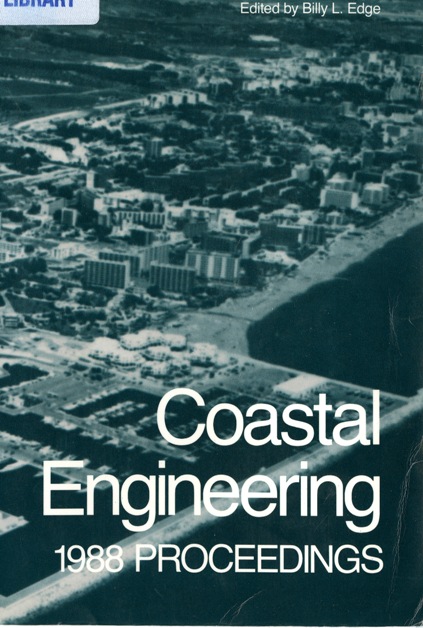Abstract
Bailard's (1981) model of combined-flow, total-load sediment transport was used to calculate sediment flux at 8-m depth on a wave-dominated shoreface during fairweather and during a storm. Waves were skewed onshore during fairweather, however it was the reversing tidal current that controlled predicted transport direction. Transport direction during the early phase of the storm was also controlled by the mean flow, this time a wind-driven jetlike flow with an offshore component. As the storm progressed, waves became more organized and highly skewed, and by the end of the storm, predicted sediment transport was turned onshore by the shoreward-skewed waves against the mean flow. Measurements of changes in relative bed elevation at the 8-m depth site were used to verify the transport predictions. A total of 6 cm of accretion occurred over H.5 days of low-energy flow. It was found that predicted onshore transport was strongly correlated with erosion at the 8-m depth site, and predicted offshore transport was strongly correlated with accretion. Five cm of scour occurred during the initial phase of the storm, followed by 15 cm of rapid accretion. Onset of accretion was coincident with the organization of surface waves into long-period swell, and the maximum accretion rate was coincident with the most highly-skewed waves.
Authors retain copyright and grant the Proceedings right of first publication with the work simultaneously licensed under a Creative Commons Attribution License that allows others to share the work with an acknowledgement of the work's authorship and initial publication in this Proceedings.

